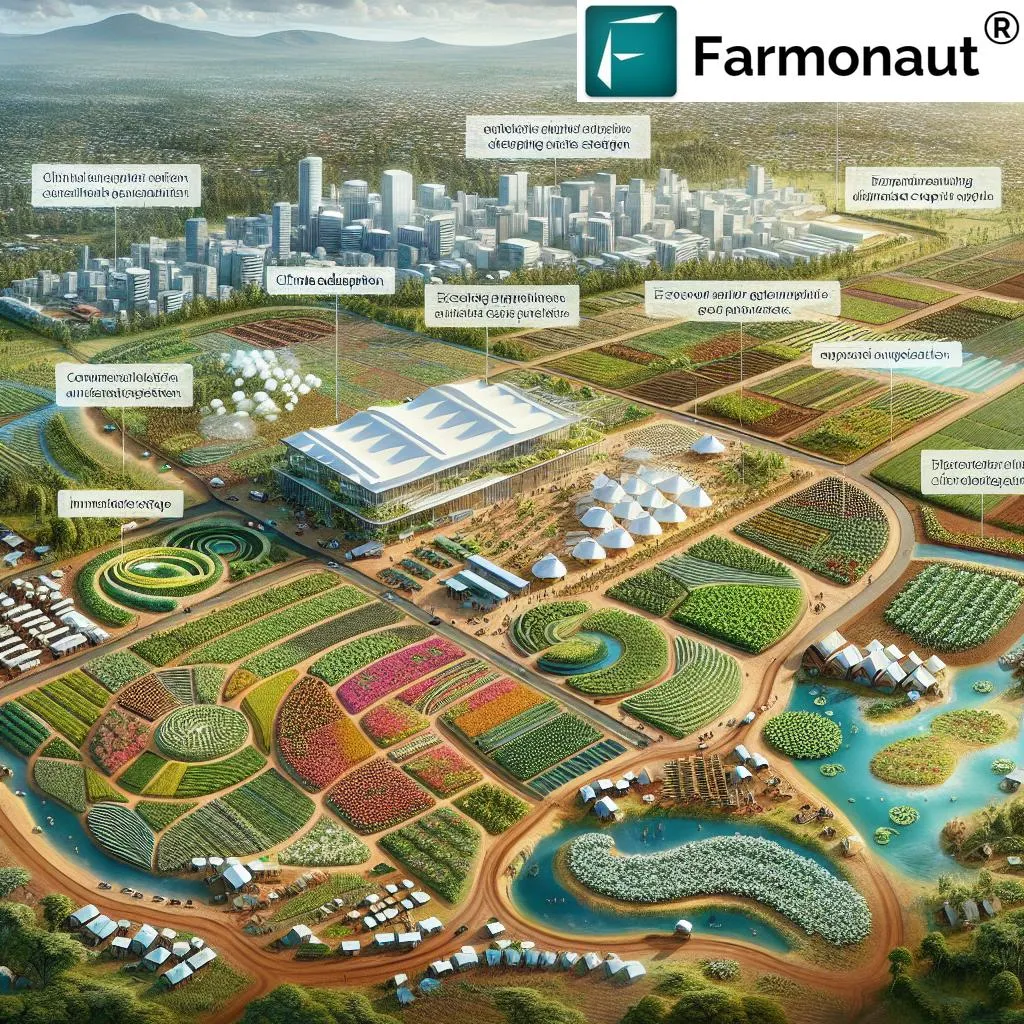In the heart of Rwanda, a technological revolution is unfolding, one that promises to reshape the future of agricultural monitoring and potentially offer valuable insights for the energy sector. A groundbreaking study, led by Katie Fankhauser from the Mortenson Center in Global Engineering & Resilience at the University of Colorado Boulder, has developed a high-resolution, wall-to-wall time series mapping of maize crops. This innovation, detailed in the journal Environmental Research: Food Systems (which translates to “Environmental Research: Food Systems” in English), could be a game-changer for smallholder farmers and the broader agricultural industry.
Fankhauser and her team have harnessed the power of machine learning and satellite imagery to create a comprehensive monitoring system. “We’ve built an end-to-end machine learning pipeline on Google Earth Engine that provides detailed, time-series data on maize area and yield at every 10-meter pixel in Rwanda,” Fankhauser explains. This level of precision is unprecedented, offering a granular view of crop health and productivity that was previously unattainable.
The implications for the agricultural sector are profound. By providing accurate, real-time data on crop area and yield, farmers and agricultural businesses can make more informed decisions. This can lead to improved resource management, better crop planning, and ultimately, increased productivity. “Our data compare favorably to other smallholder maize classification and yield estimation products for sub-Saharan Africa,” Fankhauser notes, highlighting the robustness of their findings.
But the benefits don’t stop at the farm gate. The energy sector could also reap significant rewards from this technological advancement. As the world shifts towards renewable energy sources, the demand for biofuels is expected to rise. Maize is a key crop in the production of bioethanol, a renewable fuel source. Accurate monitoring of maize crops can help energy companies plan their supply chains more effectively, ensuring a steady supply of raw materials for biofuel production.
Moreover, the data generated by this system can provide valuable insights into the impact of climate change on crop yields. As the world grapples with the effects of global warming, understanding how different crops respond to changing weather patterns is crucial. This information can guide the development of more resilient crop varieties and inform policy decisions aimed at mitigating the impacts of climate change.
The study’s findings are a testament to the power of technology in transforming traditional industries. By leveraging machine learning and satellite imagery, Fankhauser and her team have created a system that is not only highly accurate but also cost-effective and accessible. “Our approach is standardized and observed over time,” Fankhauser explains, “thus being more likely to enable technology transfer and downstream analyses.”
As we look to the future, the potential applications of this technology are vast. From improving agricultural productivity to enhancing the efficiency of the energy sector, the possibilities are endless. This research serves as a reminder of the transformative power of technology and its potential to shape a more sustainable and prosperous future.

